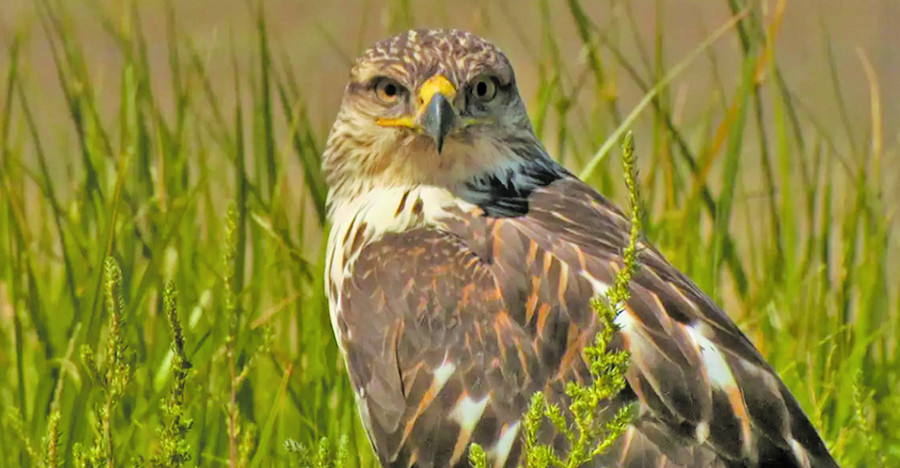Results of annual Christmas Bird Count from both sides of the Valley

SAN LUIS VALLEY — Starting on Christmas Day in 1900, ornithologist, Frank M Chapman with the newly formed Audubon Society proposed an annual holiday tradition of counting birds and the Christmas Bird Count began.
According to the Audubon Society, "Since that inaugural count, people have always counted every bird of all species encountered during one calendar day; they have reported the number of observers and time and distance during that day, from a prescribed area, making sure to minimize the possibility of double counting."
Today the count is a 15-mile circle area from which observers count and identify all of the birds they see.
This 2023 count had 662 counts worldwide and included two local counts and over 50 other counts in Colorado.
The Monte Vista National Wildlife Refuge held its annual Christmas Bird Count on Dec. 16. Eighteen people (six teams) spent a total of 6.5 hours (24 party hours) and covered over 280 miles on the count. Weather conditions during the day were cool with clear skies and no wind. The day started out at -4° and rose to a balmy 29°F. The teams covered all of the 176 square miles of the circle. This year’s numbers were above average. A total of 51 species were documented and 5,833 individual birds were observed. Sixty-three species is still the record. Best birds were Virginia Rail, Lincoln’s Sparrow, Ferruginous Hawk, Merlin, Sandhill Crane, and Prairie Falcon. During the count week, a Townsend’s Solitaire was reported.
On the other side of the San Luis Valley, Great Sand Dunes National Park held its annual count on Dec. 30 and recorded 30 species. Twelve observers walked eight miles and drove 54 miles during the count. Common birds were Western Scrub Jay, Stellar's Jay and Juniper Titmouse. Two sightings of a Virginia Rail and an American Wigeon required the filing of a rare bird report.
In other birding news, a pair of bald eagles was spotted recently by this reporter who saw the two at a nest site in the Alamosa National Wildlife Refuge along the banks of the Rio Grande. In early November, the Valley Courier reported that the nesting in the lower elevation areas of the Valley was a first. At the time, John Rawinski a local field ornithologist and former US Forest Service employee, who has been keeping records of bird data in the Valley for over 40 years, told the Valley Courier, "The successful nest is certainly a milestone. It is unprecedented in that for the first time, we have had a nesting pair of bald eagles nesting in the Valley proper, that is along the Rio Grande and in the flat of the Valley."
According to Rawinski, the origin of the breeding pair is unknown, "they could have come from the south, down into New Mexico, and maybe followed the river up. They also could have come from Southwest Colorado. Those are our nearest breeding populations. I'm not sure I have an answer. It remains a mystery as to where they ended up where they did. It is very, very, exciting news because we're going to have to monitor this and see what happens next."
It has yet to be determined if the recent bald eagles sighted are the pair that nested previously. Stay tuned.



